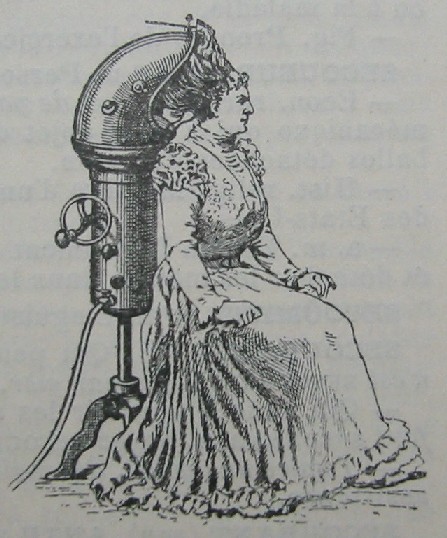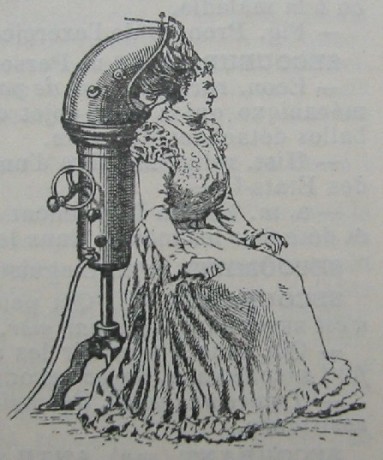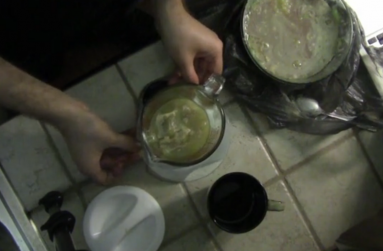What's going on in beauty this week, from head to toe and everything in between.
From Head...
Dry heat: Among the many delightful morsels in Meli's history of the hair dryer: "That annoying cut-off switch on your modern blow dryer? It keeps electrocutions from hair dryers to about four a year, down from the hundreds before safety switches were invented and required." Still annoyed by it. But thankful!
...To Toe...
...And Everything In Between:
Rinse and repeat: Meet the new Procter & Gamble CEO, A.G. Lafley! His résumé includes a nine-year stint as...Procter & Gamble CEO.
Wax on, wax off: "[P]ubic hair removal injuries increased fivefold between 2002 and 2010." This begs the question of what those injuries might be, you say? Why, there's a list. (Thanks for the link, Nancy!)
Beauty myths: After 10 years in ladymags, it's hard to show me a "beauty myth"—as in beauty product myth—that I haven't read already. But this piece has a couple of things I haven't heard before, like how some "oil-free" products actually contain oils.
Trolled: "Don't feed the trolls" is an oft-heard admonition (one I usually follow myself) 'round the internets—particularly when it comes to trolls who bait women by arguing that ladies should all look like Barbie. Skepchick offers a solid argument in favor of feeding that variety of misogynist troll a fact-biscuit in the form of, "No, that's not always true."
Fight Club: Yes, artist Orestes de la Paz made soap out of his own fat. It's gimmicky enough to be a thing for that alone; taken in totality it's a dark look at the beauty industry (the video, not for the faint of heart, shows de la Paz's liposuction surgery as well as his rendering process).
Lady of the ring: Cassie gives a history—and her history—of ring-wearing, spurred not by a ring with significance, but rather by the first non-emotionally-significant ring she's ever worn, despite never having been married: "The matrimonial ideal of rings as a symbol of commitment was so deeply engrained I still acted like these rings were more or less engagement rings."
Nature's child: Kate skewers the idea of "natural beauty," and a particularly sharp part of her analysis here is her latching it to failure—for what could feel like a greater "failure" than the failure to magically possess something that's supposed to be natural?


